1. Marine Heat Wave
Researchers found that marine heat waves (MHWs) deep in oceans may be “significantly under-reported” and caused by ocean currents.
About Marine Heat Wave:
- A marine heat wave is an extreme weather event.
- It occurs when the surface temperature of a particular region of the sea rises to 3 or 4 degree Celsius above the average temperature for at least five days.
- MHWs can last for weeks, months or even years, according to the US government’s agency National Oceanic and Atmospheric Administration (NOAA).
- Impacts
- MHWs are prolonged temperature events that can cause severe damage to marine habitats, such as impacts to coral reefs and species displacement.
- These events are becoming more frequent due to global warming, with notable occurrences off Australia's East Coast and Tasmania, as well as the northeast Pacific coast and North Atlantic.
- Higher ocean temperatures, which are associated with MHWs, can make storms like hurricanes and tropical cyclones stronger.
- MHWs also fuel the growth of invasive alien species, which can be destructive to marine food webs.
- When storms travel across hot oceans, they gather more water vapour and heat.
- This results in more powerful winds, heavier rainfall and more flooding when storms reach the land — meaning heightened devastation for humans.
2. Azores Islands
The regional assembly of Portugal’s Azores Islands approved the creation of the largest protected marine area in the North Atlantic to reach international conservation goals well ahead of time.
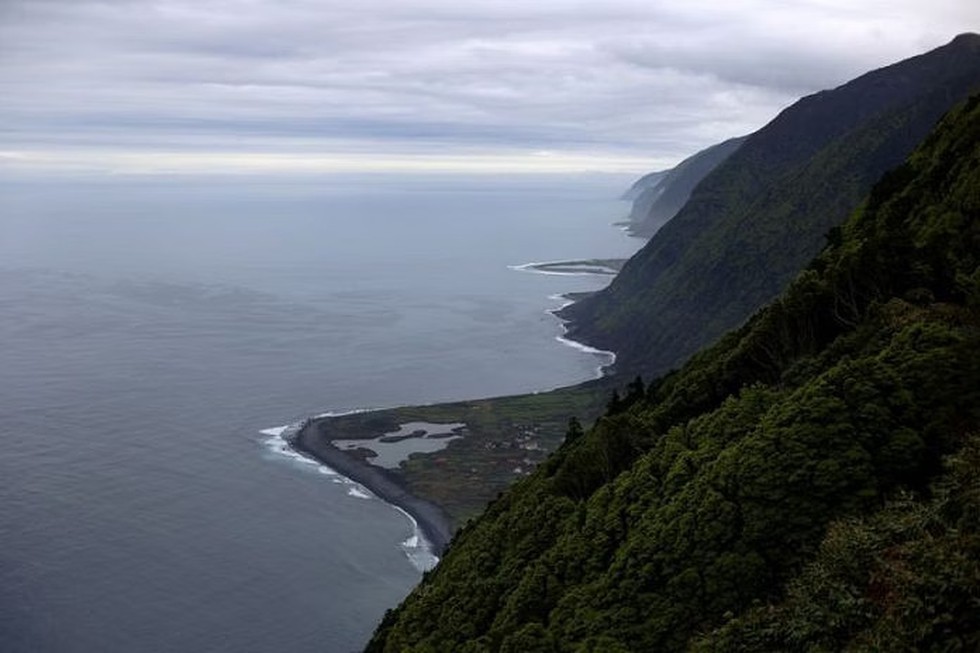
About Azores Islands:
- Location: The Azores Archipelago is a group of nine islands in the North Atlantic region.
- Origin: The islands and islets are of volcanic origin, some of which have been inactive since they were formed. The archipelago is part of the Autonomous Region of the Azores.
- These are volcanic islands that originated from the Azores Plateau. The island group lies above the Azores Triple Junction, a junction where three of the world’s main tectonic plates (Eurasian, North American, and African) meet.
- The Mid-Atlantic Ridge is the main structure between the African-Eurasian Plate and the North American Plate crossing the Azores Plateau.
- The islands lie in a northwest-southeast direction, and are divided into three groups: northwest, central and eastern.
- Mountain: Mount Pico, located on Pico Island, is the highest point on the archipelago,
- Climate: Oceanic subtropical climate.
- Fauna: The islands' Laurel forests are home to numerous species, including endemic plants and animals.
- At least two endemic bird species still survive on the archipelago, including the Azores bullfinch restricted to laurel forests, and the Monteiro’s storm petrel.
3. Convention on Biological Diversity (CBD)?
The 16th Conference of Parties (COP16) to the Convention on Biological Diversity (CBD) is set to begin in Cali, Colombia.

About Convention on Biological Diversity (CBD):
- CBD, with currently 196 contracting parties, is the most comprehensive binding international agreement in the field of nature conservation and the sustainable use of natural resources.
- It was opened for signing at the UN Conference on Environment and Development in Rio de Janeiro in 1992.
- It has three overarching objectives:
- The conservation of biological diversity(genetic diversity, species diversity, and habitat diversity).
- The sustainable use of biological diversity.
- The fair and equitable sharing of the benefits arising out of the utilisation of genetic resources.
- It covers biodiversity at all levels: ecosystems, species, and genetic resources.
- The CBD’s governing body is the Conference of the Parties (COP). This ultimate authority of all governments (or Parties) that have ratified the treaty meets every two years to review progress, set priorities, and commit to work plans.
- The Secretariat is based in Montreal, Canada.
- To support implementation of the CBD objectives, two internationally binding agreements were adopted within the framework of the Convention on Biological Diversity.
- The Cartagena Protocol, which was adopted in 2000 and entered into force in 2003, regulates the transboundary movement of living modified organisms (LMOs).
- The Nagoya Protocol, adopted in 2010, establishes a legally binding framework for access to genetic resources and the fair and equitable sharing of the benefits arising from their use.
4. Bay of Bengal Initiative for Multi-Sectoral Technical and Economic Cooperation (BIMSTEC)?
India's National Centre for Good Governance (NCGG) has initiated its first-ever Mid-Career Training Programme for civil servants from the Bay of Bengal Initiative for Multi-Sectoral Technical and Economic Cooperation (BIMSTEC) nations.

About BIMSTEC:
- BIMSTEC is a regional organization comprising seven member states lying in the littoral and adjacent areas of the Bay of Bengal constituting a contiguous regional unity.
- It came into being on 6 June 1997 through the Bangkok Declaration.
- It constitutes seven Member States: five deriving from South Asia, including Bangladesh, Bhutan, India, Nepal, Sri Lanka, and two from Southeast Asia, including Myanmar and Thailand.
- The main aim of the BIMSTEC was the promotion of economic cooperation between countries bordering the Bay of Bengal.
- BIMSTEC has identified 14 priority areas of mutual cooperation where a member country takes the lead.
- India is the lead country for Transport & Communication, Tourism, Environment & Disaster Management and Counter Terrorism & Transnational Crime.
- Permanent Secretariat: Dhaka, Bangladesh
5. Kala-azar
India could be at the threshold of eliminating Kala-azar as a public health problem, with the country having managed to keep the number of cases under one in 10,000 as per the WHO parameters for elimination certification for two consecutive years now.
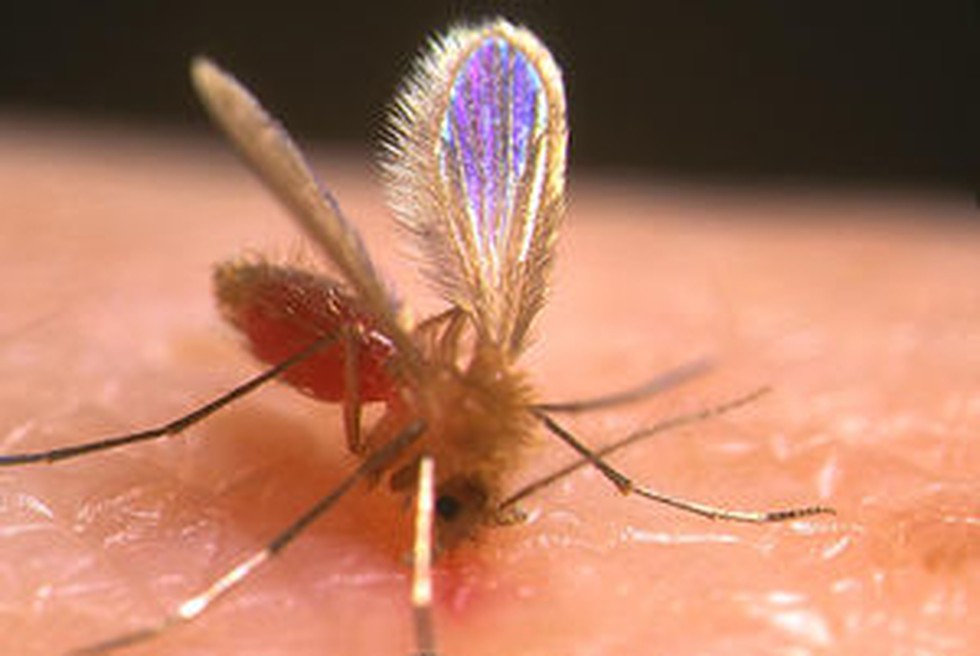
About Kala-azar:
- Kala-azar, also known as Visceral Leishmaniasis (VL), is a severe form of leishmaniasis caused by the protozoan parasite Leishmania donovani.
- It is transmitted to humans through the bite of an infected female sandfly, primarily Phlebotomus argentipes in India.
- The disease affects some of the world’s poorest people and is associated with malnutrition, population displacement, poor housing, a weak immune system and lack of financial resources.
- People with HIV and other conditions that weaken their immune system, are more likely to get sick from a Leishmania infection.
- Symptoms: The disease is characterized by irregular bouts of fever, substantial weight loss, swelling of the spleen and liver, and severe anaemia if left untreated, which can lead to death within two years.
- Diagnosis: Diagnosis combines clinical signs with parasitological or serological tests, such as the rK39 diagnostic kit.
- Treatment: There are several anti-parasitic medications available that treat leishmaniasis.
6. Facts about Kameng River
An Indian Air Force (IAF) havildar and his 14-year-old son were swept away by strong currents in the Kameng River recently.
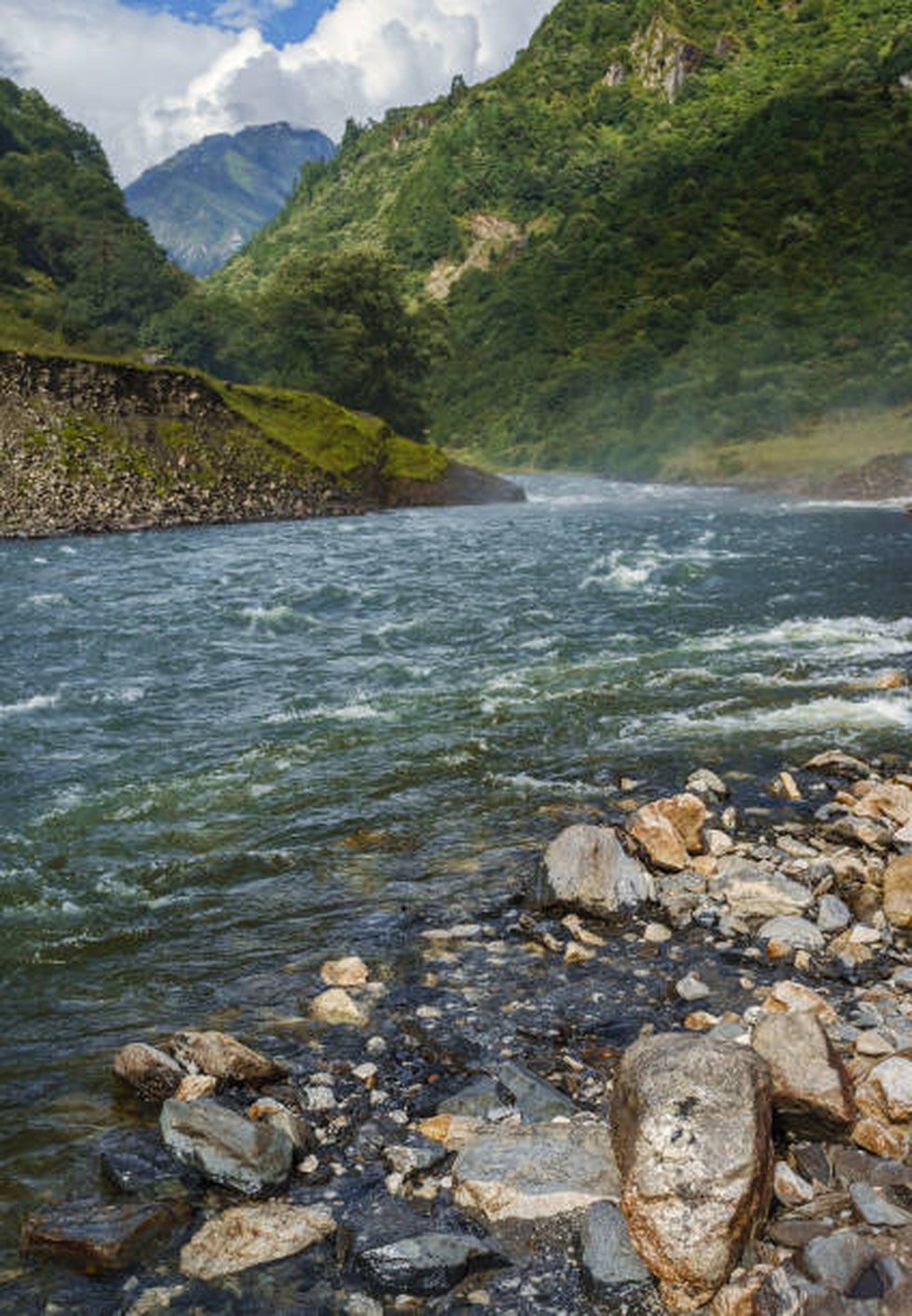
About Kameng River:
- It is one of the chief tributaries of the Brahmaputra River.
- It flows in Arunachal Pradesh and Assam.
- It is referred to as the "Jia Bharali" in Assam's higher reaches. The river is also known as the Bhareli in some areas.
- Course:
- Origin: The river originates in the eastern Himalayan Mountains, in the Tawang district from the glacial lake below snowcapped Gori Chen Mountain at an elevation of 6,300 metres or 20,669 ft on the India-Tibet border in South Tibet.
- Then it flows through Bhalukpong Circle of West Kameng District, Arunachal Pradesh, and Sonitpur District of Assam, India.
- It forms the boundary between East and West Kameng Districts and also the boundary between Sessa and Eaglenest sanctuaries in the westside and Pakke Tiger Reserve
- As it reaches its lower stretches, the river transforms into a braided channel and merges with the Brahmaputra at Tezpur, just east of the Kolia Bhomora Setu bridge.
- It is about 264 kilometers
- The drainage basin of the Kameng River is about 11,843 sq.km.
- Major Tributaries: Tippi River, Tenga River, Bichom River, and Dirang Chu
- It is home to several ethnic communities, including the Monpa, Sherdukpen, and Aka tribes.
7. Ramgarh Vishdhari Tiger Reserve
The carcass of a nearly nine-year old tigress RVTR-2 was found in the newly notified Ramgarh Vishdhari Tiger Reserve (RVTR) in Bundi
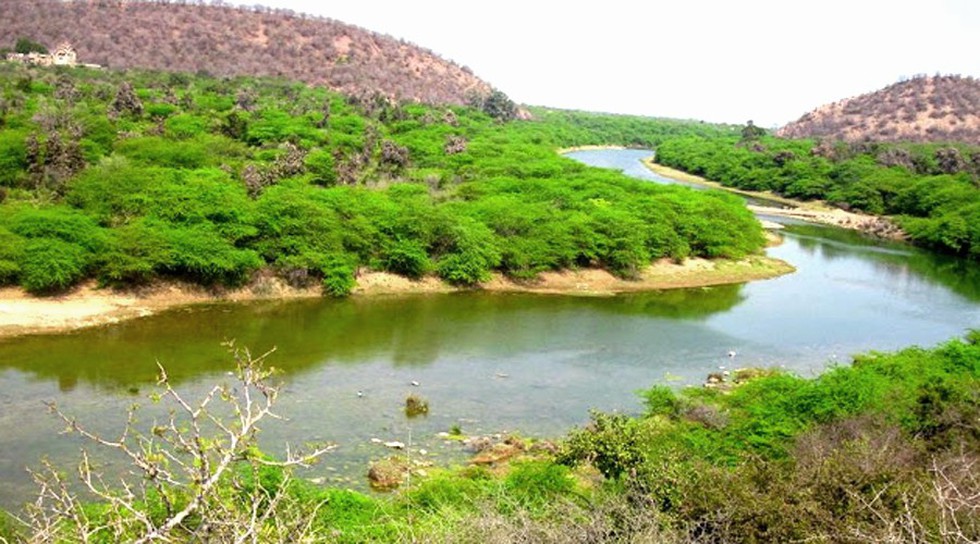
About Ramgarh Vishdhari Tiger Reserve:
- Location: It lies in the southeastern part of Rajasthan in Bindi district with representation of both Vindhyan and Aaravalli elements.
- It consists of 481.91 sq. km. as the core area and 1019.98 sq. km. as the buffer area, for a total area of 1501.89 sq. km.
- It is in continuation with the buffer area of Ranthambore tiger reserveon the north-eastern side and Mukundara Hills tiger reserve on the southern side.
- It was notified as a tiger reserve on May 16, 2022.
- River: Mez, a tributary of the Chambal River, passes through the tiger reserve.
- Vegetation: Dry Deciduous Forest
- Topography: It varies from gentle slopes to steep rocky cliffs, from the flat-of hills of Vindhyasto the conical hillocks and sharp ridges of the Aravallis.
- Flora:
- The habitat is dominated by Dhok (Anogeissus pendula) trees.
- Other important flora includes Khair (Acacia catechu), Ronj (Acacia Leucophloea), Amaltas (Cassia fistula), Gurjan (Lannea coromodelica), Saler (Boswellia serrata), etc.
- Fauna:
- The area is dominated by Leopards and Sloth bears.
- Other important fauna includes Jungle cat, Golden jackal, Hyaena, Crested Porcupine, Indian Hedgehog, Rhesus macaque, hanuman langur, etc.
8. Vitiligo
A new Kannada film is attempting to take the veil of stigma off from a vitiligo disease that is usually the subject of stereotypes and ignorance in India.

About Vitiligo:
- It is a chronic skin disorder that occurs when melanocytes, the cells responsible for producing melanin, are destroyed.
- This condition arises due to the malfunction or destruction of melanocytes, the cells responsible for producing melanin, the pigment that gives skin its colour.
- Those affected develop depigmented patches that may occur anywhere on the body, including the skin, hair, and even the lining of the mouth.
- While the precise cause of vitiligo remains unclear, research suggests it could result from a combination of autoimmune responses, genetic predispositions, and environmental factors.
- In autoimmune cases, the immune system mistakenly attacks its melanocytes, leading to a gradual loss of pigmentation.
- The condition often begins with small white patches, which may slowly expand over time. Dermatologists point out that potential triggers could include oxidative stress, physical trauma, severe sunburn, or chemical exposure.
- It can develop at any age, though it is most common before the age of 30.
- The disease affects between 0.5 per cent and 2 per cent of the global population, with estimates suggesting that up to 100 million people worldwide live with the condition. It affects both men and women equally.
- Treatment:
- At present, vitiligo does not have a permanent cure.
- However, several treatments aim to manage symptoms and restore skin pigmentation.
- Options include topical corticosteroids, calcineurin inhibitors, and phototherapy, which work to slow depigmentation and encourage the regeneration of melanocytes.
9. African Baobab
New research by South African ecologists has refuted the claim that the African Baobab (Adansonia digitata) tree is dying due to climate change.
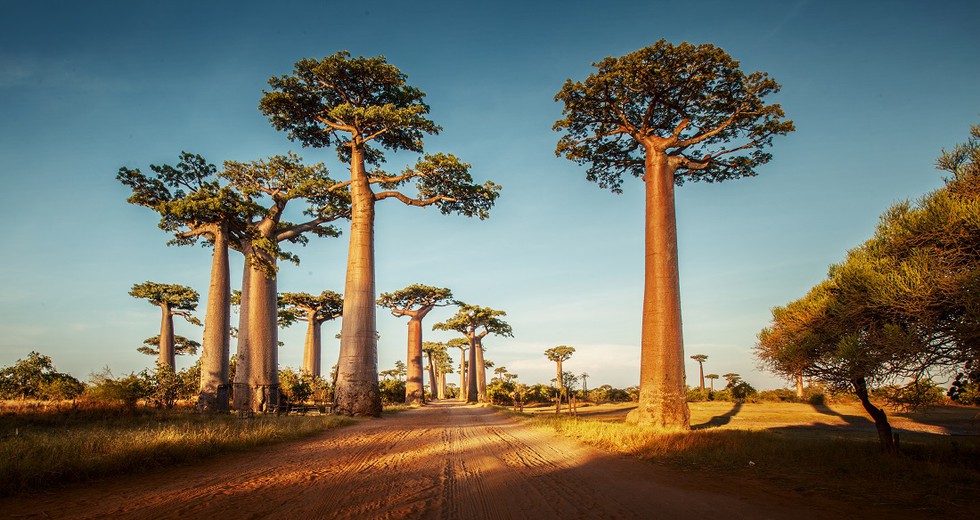
About African Baobab:
- Baobabs are long-lived deciduous, small to large trees from 20 to 100 ft tall with broad trunks and compact tops.
- These trees can live to become thousands of years old. The oldest baobab tree on record was the Panke baobab in Zimbabwe, which lived to be a venerable 2450 years old
- Distribution: These solitary trees are also incredibly resilient, thriving in dry, open areas such as the savannas of southern Africa and western Madagascar.
- Ecological significance:
- Baobab trees are fundamental to the entire dry African savanna ecosystem. They help keep soil conditions humid, aid nutrient recycling, and slow soil erosion with their massive root systems.
- It absorbs and stores water from the rainy season in its massive trunk, producing a nutrient-dense fruit in the dry season, which can grow up to a foot long.
- The fruit contains tartaric acid and Vitamin C, serving as a vital nutrient and food source for many species.
- These baobabs play a vital role in their ecosystem; mitigate impacts of climate change, providing food and shelter to animals and humans.
- Its fruit is recognised as having high fibre content, acting as a natural prebiotic that promotes the growth of beneficial bacteria in the gut.


























































































































































.png)
.png)
.png)
.png)
.png)


.png)
.png)
.png)





.png)
.png)






.png)
.png)
.png)
.png)
.png)
.png)
.png)
.png)
.png)

.png)







.png)
.png)


.png)
.png)
.png)


.png)

.png)
.png)





.jpg)

.png)
.png)


.png)

.png)
.png)
.png)

.jpg)

.jpg)


.png)

.png)
.png)
.png)
.png)
.png)
.png)
.png)
.png)
.png)
.png)




.png)

.png)





.png)
.png)
.png)
.png)
.png)
.png)
.png)
.png)
.png)
.png)
.jpg)
.jpg)

.png)
.png)
.png)
.png)
.png)
.png)
.png)
.png)
.png)
.png)
.png)
.png)
.png)
.png)
.png)
.png)
.png)
.png)
.png)
.png)
.png)
.png)



.png)
.png)

.jpg)
.jpg)


.jpg)
.jpg)
.jpg)
.jpg)
.jpg)

.jpg)








.jpg)
.jpg)
.jpg)
.jpg)
.jpg)

















.jpg)
.jpg)







.jpg)


















.jpg)
.jpg)






























































































.jpg)
.jpg)


























.jpg)

.jpg)










.jpg)








.jpg)




.jpg)










.jpg)


















.jpg)












































.jpg)














.jpg)
.jpg)
.jpg)





.jpg)

.jpg)
.jpg)





































































.jpg)


































.jpg)
.jpg)
















































.jpg)












.jpg)


.jpg)




.jpg)
.jpg)
.jpg)

.jpg)
.jpg)
.jpg)
.jpg)

.jpg)
.jpg)
.jpg)

.jpg)
.jpg)
.jpg)
.jpg)
.jpg)
.jpg)
.jpg)
.jpg)

.jpg)


.jpg)
.jpg)
.jpg)
.jpg)
.jpg)
.jpg)
.jpg)
.jpg)
.jpg)
.jpg)











.jpg)
.jpg)





.jpg)
.jpg)
.jpg)
























.jpg)
























.jpg)









.jpg)
.jpg)







.jpg)
.jpg)









































.jpg)
.jpg)
.jpg)
.jpg)
.jpg)

.jpg)
.jpg)
.jpg)
.jpg)
.jpg)


.jpg)
.jpg)
.jpg)
.jpg)
.jpg)

.jpg)
.jpg)
.jpg)
.jpg)
.jpg)
.jpg)
.jpg)
.jpg)
.jpg)
.jpg)
.png)

.png)
.png)

.png)
.png)
.png)
.png)


.jpg)
.jpg)

.jpg)
.jpg)
.jpg)

.png)
.png)
.png)
.png)
.png)
.png)
.png)

.png)
.png)
.png)
.png)
.png)
.png)
.png)
.png)
.png)
.png)





































































-min.png)



.png)




.png)








































